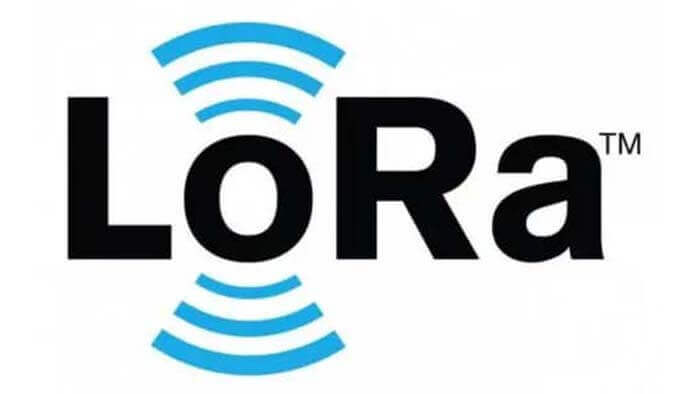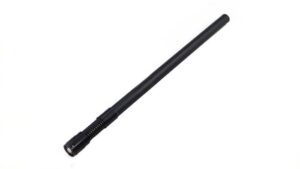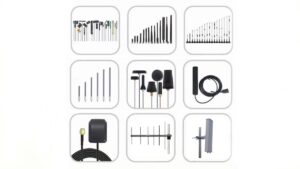LoRa technology is a wireless transmission technology created for the Internet of Things.
Nowadays, information technology is highly developed, and after the Internet, the Internet of Things (IoT) is attracting widespread attention in society at a rapid pace. With the rapid rise of the Internet of Things and the increasing number of applications, wireless communication protocols such as Wi-Fi, ZigBee, Bluetooth, etc., make it possible to have a wealth of options when building the Internet of Things.
The different communication technologies have different characteristics and are each suitable for their own application scenarios. However, for long-distance, low power consumption and only a small amount of data to be transmitted, there is currently no wireless communication technology that can better meet these needs, which is why LoRa technology was born.
Introduction to LoRa technology
LoRa technology is the abbreviation of Long Range, a kind of Low PowerWide Area Network (LPWAN) communication technology, which was released by Semtech in 2013.
In the past, before LPWAN was created, it seemed that there was a trade-off between long-range and low power consumption. The advent of LoRa wireless technology has changed the trade-off between distance and power consumption, allowing for long-range transmission with the benefits of low power consumption and low cost.
A LoRa network is formed as in the diagram below, with remote nodes connected to a back-end web server via multiple gateways (gateways) that upload data to the cloud or server.
In a LoRa network, each node is not connected to the other, but must first connect to a gateway before it can connect back to a central host, or transmit data to another node through the central host.
Messages from LoRa end nodes can be transmitted to multiple gateways at the same time, and messages can be bridged between gateways to extend the transmission distance further.

LoRa vs. LoRaWAN
LoRa technology is a physical layer or wireless modulation used to establish long-distance communication links. Many traditional wireless systems use frequency shift keying (FSK), which can effectively meet low power requirements.
LoRa technology is based on linear FM spread spectrum modulation, which not only retains the same low-power characteristics as FSK modulation, but also increases communication distance, improves network efficiency, and eliminates interference.
LoRaWAN, on the other hand, is used to define the communication protocol and system architecture of the network. It is a low-power wide-area network standard introduced by the LoRa Alliance, which can effectively implement the LoRa physical layer to support long-distance communication.
This LoRaWAN protocol and architecture have a profound impact on the battery life of terminals, network capacity, quality of service, security, and suitable application scenarios. In short, LoRaWAN technology is actually a kind of network (WAN = Wide Area Network).
LoRa technology advantages
LoRa technology has the advantages of long-range, low power consumption, and low cost.
With a range of 15 to 20 kilometers, low power consumption for extended battery life, license-free frequency bands, low cost of infrastructure and nodes/terminals, the cost of using LoRa technology is significantly reduced.
Practical applications of LoRa technology
In recent years, LoRa’s wireless technology development has become increasingly mature, gradually piecing together a complete ecosystem of IoT applications.
In order to promote the Internet of Things and build smart cities, the government has also taken advantage of the development trend of this technology to deploy LoRaWan technology to build an experimental platform for the Internet of Things and solve the needs of citizens with smart solutions.
In addition to the smart city solutions that the government is vigorously promoting, application scenarios that are suitable for LoRa technology use include the following categories.
LoRa technology’s Smart Buildings
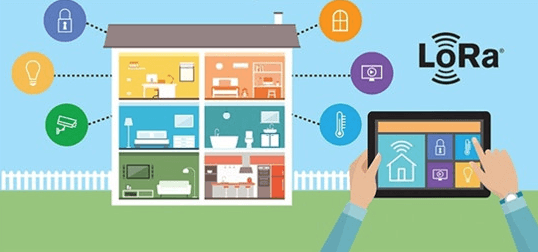
The trend is for buildings to become intelligent, as previous building equipment gradually fails to meet human requirements for quality of living. The building can be retrofitted with sensors for temperature, humidity, security, and the monitoring information can be uploaded on a regular basis to allow the building manager to monitor and keep track of the building’s latest status.
LoRa technology’s Intelligent firefighting
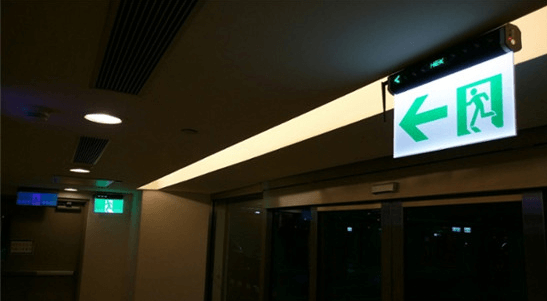
Firefighting and fire escape are both critical. Existing fire-fighting equipment is limited in what it can achieve in the event of a fire.
For example, static signaling cannot cope with changes in the fire scene and tell evacuees the correct direction of escape in real-time, often delaying escape.
The dynamic guidance system uses the long-range, low-frequency, and low-power characteristics of LoRa technology wireless transmission to send a signal from the dynamic guidance host to the dynamic guidance light board installed in the building in the event of a fire. Upon receiving the signal, the light board will immediately give instructions to guide the evacuees to a safe escape route.
LoRa technology’s Smart Agriculture
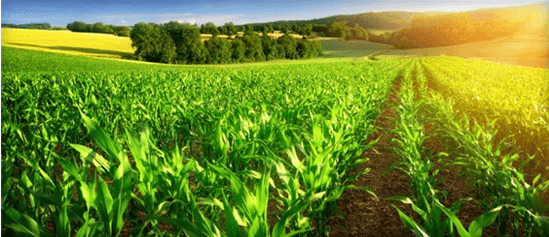
For agriculture, low-power and low-cost sensors are essential.
Smart farming is the application of IoT technology to traditional farming, where environmental data such as temperature, humidity, and salinity are regularly uploaded through sensors, which can help to improve yields and reduce water consumption.
LoRa technology’s Logistics tracking
The battery life of the terminal is important for both tracking and positioning, and as the cost and battery life of the tracking system must be taken into account, it is well suited to LoRa technology for tracking.
Logistics companies can deploy networks at specific locations according to their location needs. For example, goods are placed in warehouses or distributed via trucks for most of the time during the delivery process, so operators only need to install LoRa gateways in warehouses, areas covered by the logistics network, or even in trucks, to allow the trackers on the goods to be connected to the network.
For sellers, this enhances management and efficiency, and prevents goods from being lost; for consumers, it also enables them to keep track of the flow of goods and their timelines.
In summary, as IoT technology continues to mature, its derivative technologies will eventually change people’s lives significantly. Any kind of wireless communication technology has its own application scenario.
LoRa technology has a wide range of applications, with features such as long-range transmission, low frequency, and low power consumption greatly reducing the use and maintenance costs of IoT data transmission.
LoRa technology has become an important part of the establishment of smart cities and will make human life more comfortable, safe, and convenient.
Besides the What is LoRa Technology article, you may also be interested in the below articles.
PCB Antenna VS. External Antenna
Ceramic Antenna VS. PCB Antenna, A Comparison Guide
Wifi vs. 5G, is 5G better than Wifi?
Mobile Networks’ Evolution From 1G To 5G

